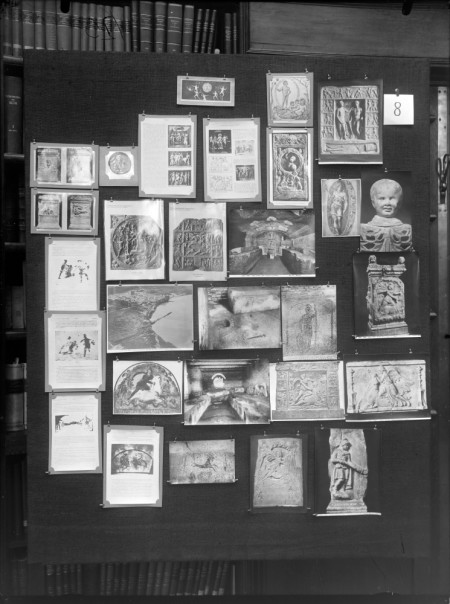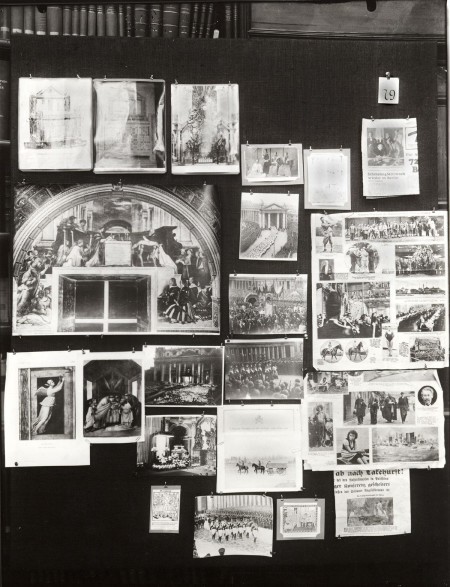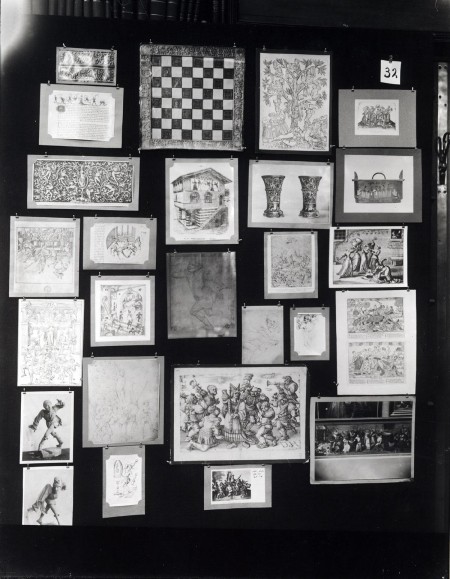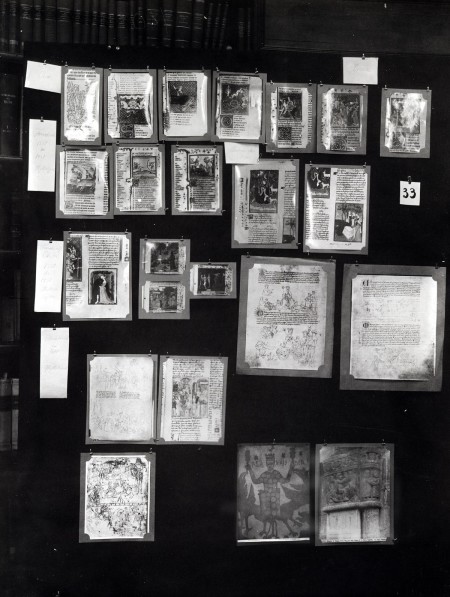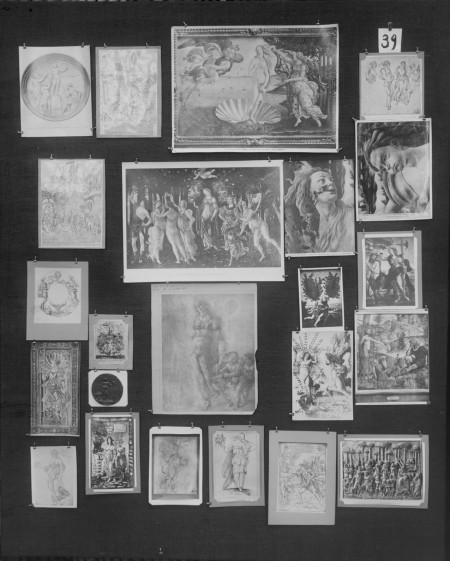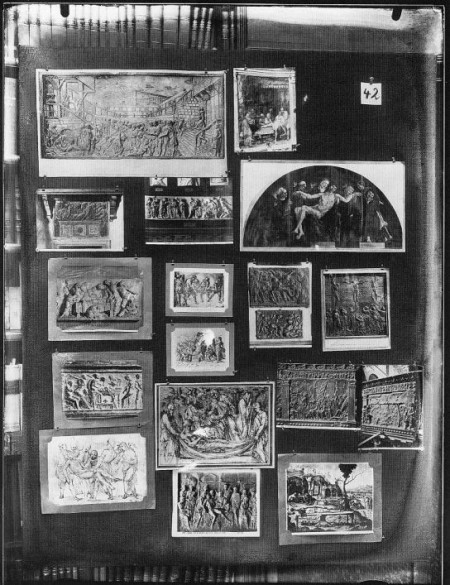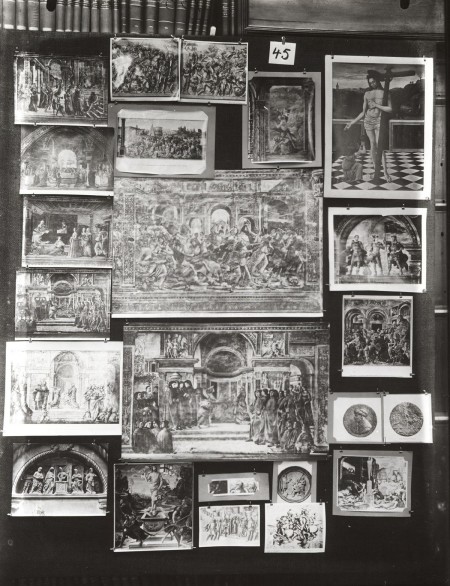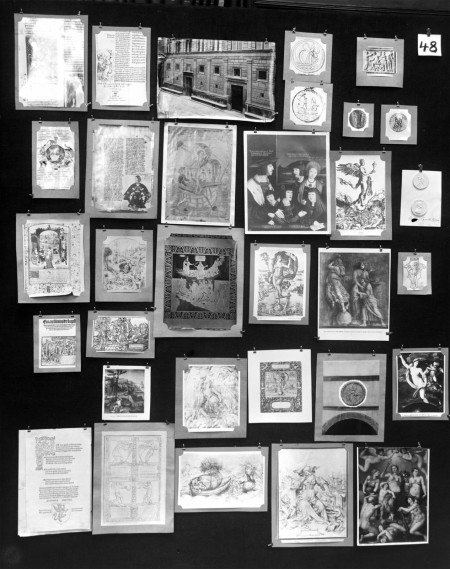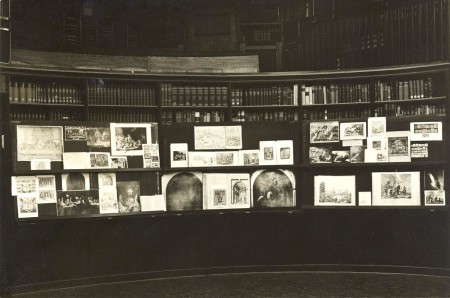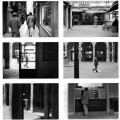Things that inspire us: Aby Warburg – Mnemosyne Atlas
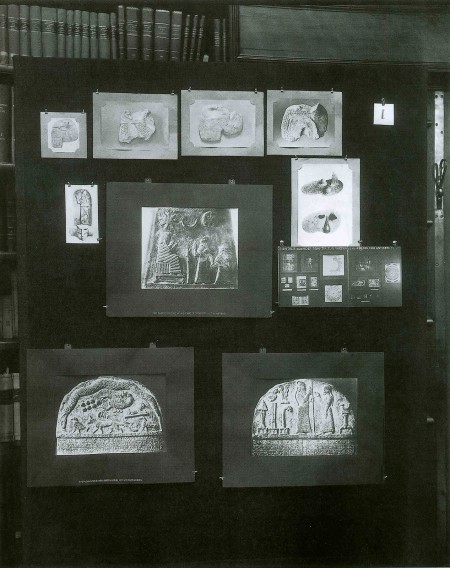
Art historian Aby Warburg’s Mnemosyne Atlas from 1927-29 is a picture atlas composed of black cloth covered panels presenting around a thousand pictures: mostly photographs, but also drawings, newspaper cuttings, reproductions from books and various materials from daily life.
The Mnemosyne Atlas interests lie in exploring the means of representation from classical to Renaissance period’s artists: how they used images to (re-)present the different themes Warburg explores. They are researching visual clusters based on connections Warburg made, points he wanted to illustrate.
Some examples of the themes explored include:
– Developments of the representation of Mars
– Ancient cosmology: astrological and geometrical images representing the cosmic system
– Ancient solar cults across continents
– the language of gesture
– the images of the nymph
Why we like it:
• Visual thinkers are everywhere—Aby Warburg was an art historian. His atlas is a constant reminder that visual thoughts can carry meaning and awake memories.
• The juxtaposition of ideas creates meaning. The curatorial practice of assembling mood boards was for Aby Warburg a story-telling tool to express concepts that would have taken many pages text to explain. An image is worth a thousand words.
